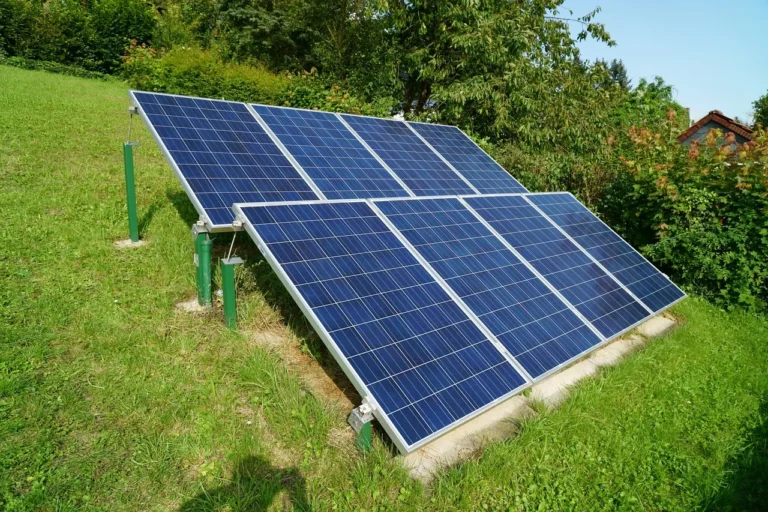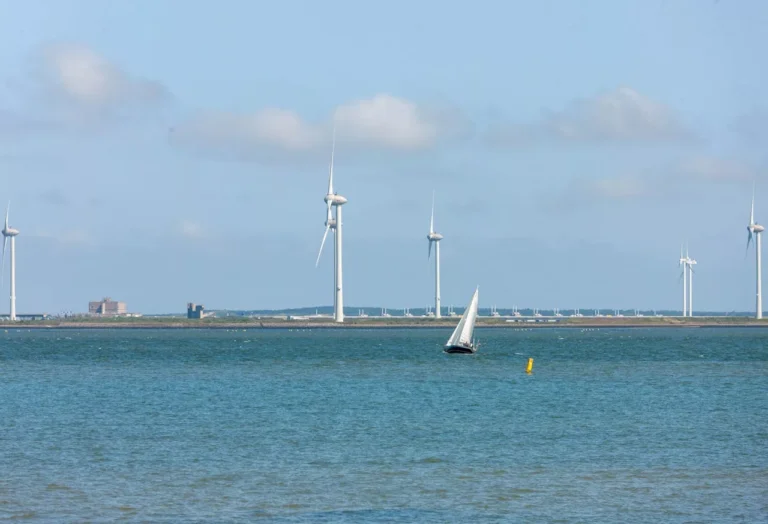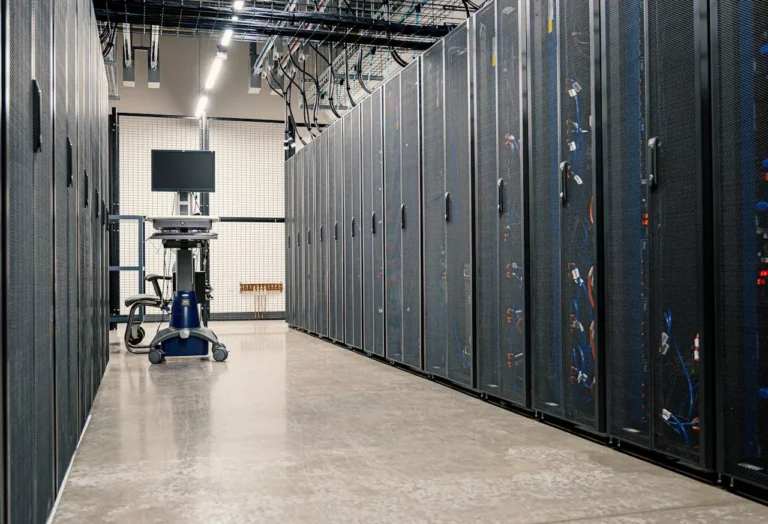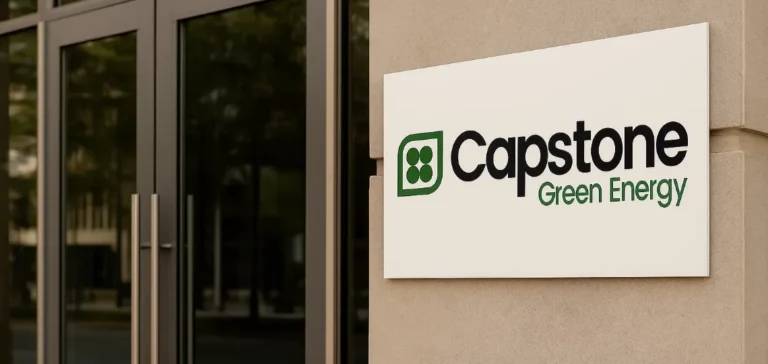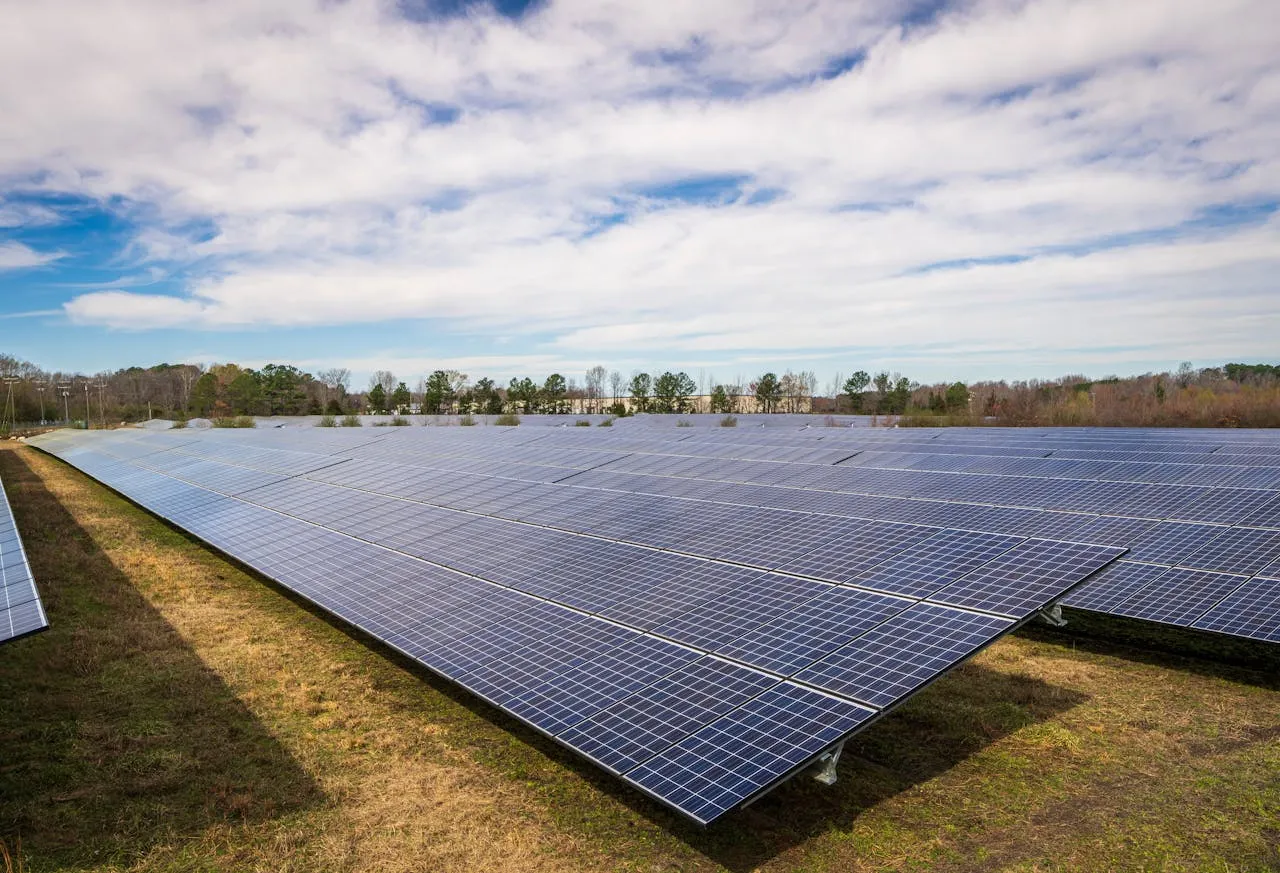
Georgia Power Gains PSC Approval for Five New Solar Facilities to Advance CARES 2023 Program
Georgia Power has secured a significant milestone in its ongoing clean energy strategy. Earlier this week, the Georgia Public Service Commission (PSC) officially approved the company’s request to certify five new utility-scale solar site power purchase agreements (PPAs). These projects will directly benefit customers across the state while also supplying the company’s Clean and Renewable Energy Subscription (CARES) 2023 program, which is specifically designed to support businesses and organizations in meeting their sustainability goals.
The PSC’s approval sets the stage for the development of 1,068 megawatts (MW) of new solar capacity across five large-scale facilities distributed in different counties of Georgia. Importantly, the facilities will not be built and owned by Georgia Power itself, but by third-party developers who secured the contracts through the competitive CARES 2023 Request for Proposal (RFP) process. That process, approved under the utility’s 2022 Integrated Resource Plan (IRP) Final Order, sought to ensure fair bidding, price competitiveness, and transparency for all participants.
Strengthening Georgia’s Renewable Energy Landscape
The CARES program, launched several years ago, provides commercial and industrial customers with an innovative way to advance their corporate sustainability commitments. By subscribing to a share of renewable production, participating companies can directly align their energy consumption with solar generation without needing to build or operate renewable facilities themselves. This pro-rata subscription model ensures that customers can credibly claim the environmental benefits of renewables while Georgia Power and its partners manage the operations and integration of the facilities.
Interest in the CARES program has surged in recent years, particularly as businesses in sectors such as manufacturing, retail, logistics, and technology adopt more ambitious carbon reduction targets. Large employers in Georgia have increasingly signaled that access to renewable energy is a top priority when evaluating long-term investments, site selection, and operational strategies.
“Renewable RFPs, such as the CARES 2023 RFP, are designed to procure valuable renewable energy that helps to diversify Georgia Power’s generation mix and increase reliability,” explained Wilson Mallard, Georgia Power’s director of renewable development. “Our planning models project that these resources will deliver benefits to customers long-term. The five projects we selected are economical, and we expect they will provide energy and capacity benefits to the system and the most value for all Georgia Power customers.”
Details of the Five Approved Projects
The new solar PPAs represent a geographically diverse set of projects across Georgia, each designed to provide lasting benefits to the grid and local communities. Collectively, the facilities will bring more than a gigawatt of carbon-free energy into the state’s generation portfolio. The approved projects include:
- Mitchell County – A 25-year PPA delivering 260 MW of solar capacity.
- Coffee County – A 30-year PPA providing 200 MW of solar power.
- Wilkinson County – A 20-year PPA for 183 MW of solar energy, paired with a 91.5 MW battery storage system to enhance reliability and flexibility.
- Jefferson County – A 20-year PPA contributing 200 MW of solar generation.
- Laurens County – A 20-year PPA with 225 MW of solar capacity.
The inclusion of storage at the Wilkinson County site is especially significant. Battery systems allow excess daytime solar production to be stored and dispatched later, such as during peak evening hours or during cloudy periods, when solar output drops but customer demand remains high. This combination of renewable energy and storage marks a critical step toward a more flexible and resilient power grid in Georgia.
Expanding Renewable Energy Through Long-Term Planning
Georgia Power’s renewable expansion is not occurring in isolation. Instead, it is part of a carefully structured, long-term energy plan established through its Integrated Resource Plans, which are filed and reviewed every three years with the PSC.
The company’s 2022 IRP set ambitious targets for renewable integration, and the CARES 2023 and CARES 2025 RFPs form key elements of that roadmap. The recently launched CARES 2025 RFP seeks up to 2,000 MW of utility-scale solar, including any leftover capacity from the CARES 2023 cycle. Interested developers were required to submit proposals by August, with commercial operation dates expected as early as 2028.
Looking even further ahead, Georgia Power’s 2025 IRP, approved in July, commits the company to procure up to 4,000 MW of additional renewable resources by 2035. An initial target of 1,100 MW of new renewable capacity will be pursued through competitive utility-scale and distributed generation procurements, with RFPs scheduled for 2026. If successful, these procurements will increase Georgia Power’s renewable portfolio to approximately 11,000 MW by 2035—a dramatic expansion compared to current levels.
Balancing Reliability, Cost, and Carbon Reduction
The expansion of solar through programs like CARES reflects Georgia Power’s broader strategy of balancing reliability, affordability, and decarbonization. While natural gas and nuclear remain essential pillars of the company’s generation mix, the rapid growth of renewable energy ensures a more diverse and resilient system.
Utility-scale solar has become one of the most cost-effective sources of new electricity generation in the United States. Declining costs for solar panels and inverters, combined with tax incentives and financing structures, make large-scale projects economically competitive. By locking in long-term PPAs with developers, Georgia Power can stabilize energy costs for decades while also delivering carbon-free power.
At the same time, the utility is mindful of the importance of reliability. Solar energy, while abundant and clean, is intermittent by nature. This makes grid integration a critical challenge. Georgia Power’s inclusion of solar-plus-storage in its planning demonstrates an understanding that battery technology must play an expanding role to ensure stability during peak demand and during periods of low solar output.
Benefits for Customers and Communities
Beyond the direct supply of renewable energy, the approved projects carry additional benefits for Georgia’s economy and communities. Construction and ongoing maintenance of large solar facilities typically create hundreds of local jobs, ranging from electricians and engineers to equipment operators and site managers. Host counties also benefit from new tax revenues, which can support schools, infrastructure, and public services.
For participating CARES customers, the program provides a clear and credible way to advance environmental, social, and governance (ESG) goals. Many Fortune 500 companies now require access to renewable energy in their operational footprints, and programs like CARES help ensure that Georgia remains competitive as a business destination.



